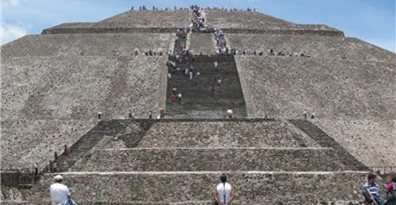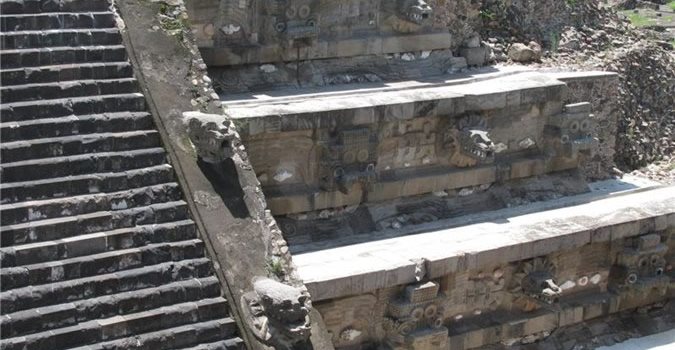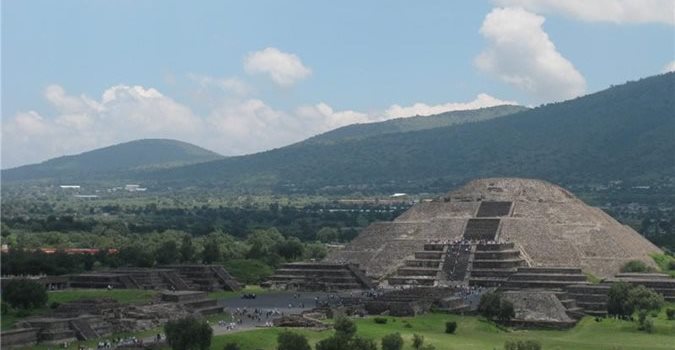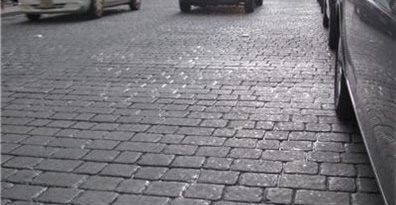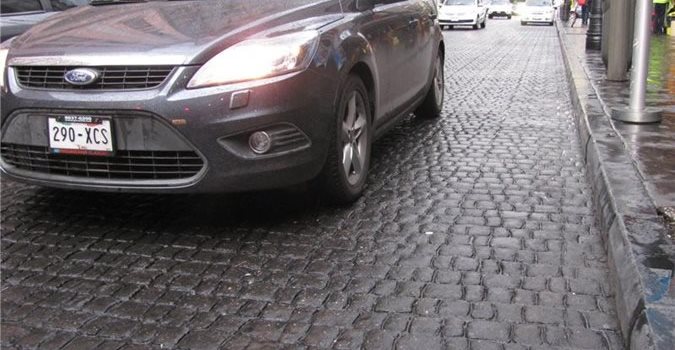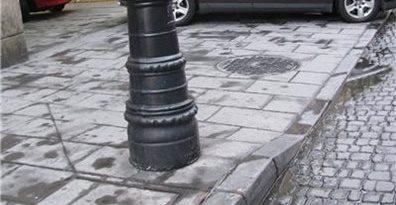- Staining Concrete
- Stamped Concrete
- Concrete Overlays
- Concrete Resurfacing
- Concrete Polishing
- Concrete Dyes
- Colored Concrete
- Indoor Concrete
- Concrete Floors
- Concrete Countertops
- Garage Floor Coatings
- Furniture, Sinks, Fire Bowls
- Basement Floors
- Outdoor Concrete
- Concrete Patios
- Concrete Driveways
- Concrete Pool Decks
- Outdoor Kitchens & Counters
- Outdoor Fireplace
- Concrete Walkways
- Concrete Pavers
- Concrete Walls
- Repair & Maintenance
- Foundation Repair
- Concrete Crack Repair
- Concrete Sealers
- Building with Concrete
- Concrete Homes
- Concrete Basements
- Decorative Concrete
- Fire Resistant
Building Decorative Concrete Pavements that Last
A contractor in Mexico City uses ingenuity and modern-day materials to build stamped concrete pavements worthy of the country's enduring architecture, history and heritageRecently, I visited Mexico City for work and had the opportunity to enjoy the rich culture, friendly people and the greatest tacos in the world. (Taco Bell will never be the same for me!) Mexico has much to offer with its history and hardworking people. A number of major construction projects are ongoing in Mexico City, including a massive second story addition to the Viaducto Bicentenario freeway. One of the things that also caught my attention was the number of Mexican flags being flown all over the city. Mexican people are proud of their heritage and the work they do.
In contrast to this modern-day construction project, we were able to spend a day at the great Pyramids of Teotihuacan in Mexico, and I was astonished at these massive structures, built in the Meso-America time period. Made only from stones gathered by hand and a primitive lime mortar as a binder, these structures have stood the test of time, lasting through earthquakes and years of weather. The Teotihuacan pyramids are a perfect example of longevity, not only in construction but also the rich culture that has carried on in this region of the world.
I also found these massive structures inspiring and revitalizing on a deeper level. The people that built Teotihuacan wanted this city to last. Great dedication and commitment went into making these pyramids. Imagine carrying each stone by hand day after day for some great purpose larger than yourself. These people took care to build these structures with integrity and purpose to make their city last.
In today's decorative concrete industry, we have superior building materials that are proven and tested to be the best the construction world has to offer. We have color hardeners that offer a denser and more wear-resistant concrete surface. We use chemicals to increase abrasion resistance. And we have special additives that can transform our concrete from Clark Kent to Superman. Our industry offers sealers and coatings that can resist anything from spilled wine to jet fuel. What an amazing time we live in, with new decorative products coming our way almost daily.
I admire the inhabitants of Teotihuacan for building such glorious structures that have endured the test of time using such primitive building materials. Building lasting structures and pavements that endure is important in the decorative concrete industry as well. This is the task Pablo Aviles of Concrete and Pigments was given when Mexico City approached him to install a large amount of paving in the downtown area. Mexico City architects approached Pablo with a desire to have an imprinted concrete surface that was durable, low maintenance and attractive. This was a tall order for an extremely busy city with an excessive amount of vehicular traffic. As we all know, car traffic can be very aggressive on decorative concrete surfaces. Pablo addressed these issues in three practical ways
-
For high-traffic areas, he imprinted a deep pattern in the concrete. Going with a pattern having deep joints would ensure that the design would never lose its texture. In contrast, a lighter slate texture could potentially see some wear after several years of use.
-
He decided that using integral color would ensure that the color would endure, even after some surface wear. In high-traffic areas, it is inevitable that the top layer of concrete will begin to wear away. Having integral color throughout the concrete would make the color permanent.
-
He used a lithium densifier as a surface treatment. "By increasing the surface density, we provided a harder surface that was more resistant to wear. We followed that with a light acrylic sealer," he says.
For those of us that have stamped concrete, we know some of the challenges associated with deep patterns and large aggregate in the mix. Pablo was able to mitigate this issue by using an imprinting tool that was extremely rigid. This allowed for imprinting to begin 30 to 40 minutes sooner than normal.
As I had the opportunity to drive around downtown Mexico City and see miles and miles of Pablo's imprinted concrete (3 million square feet, to be exact) I was thoroughly impressed with how well this work is holding up. This architectural paving has added to the warm feel of Old World Mexico that is found in the streets of Mexico City. It proves that a little planning and the use of the correct materials will yield a project with the longevity of the ancient city of Teotihuacan.
